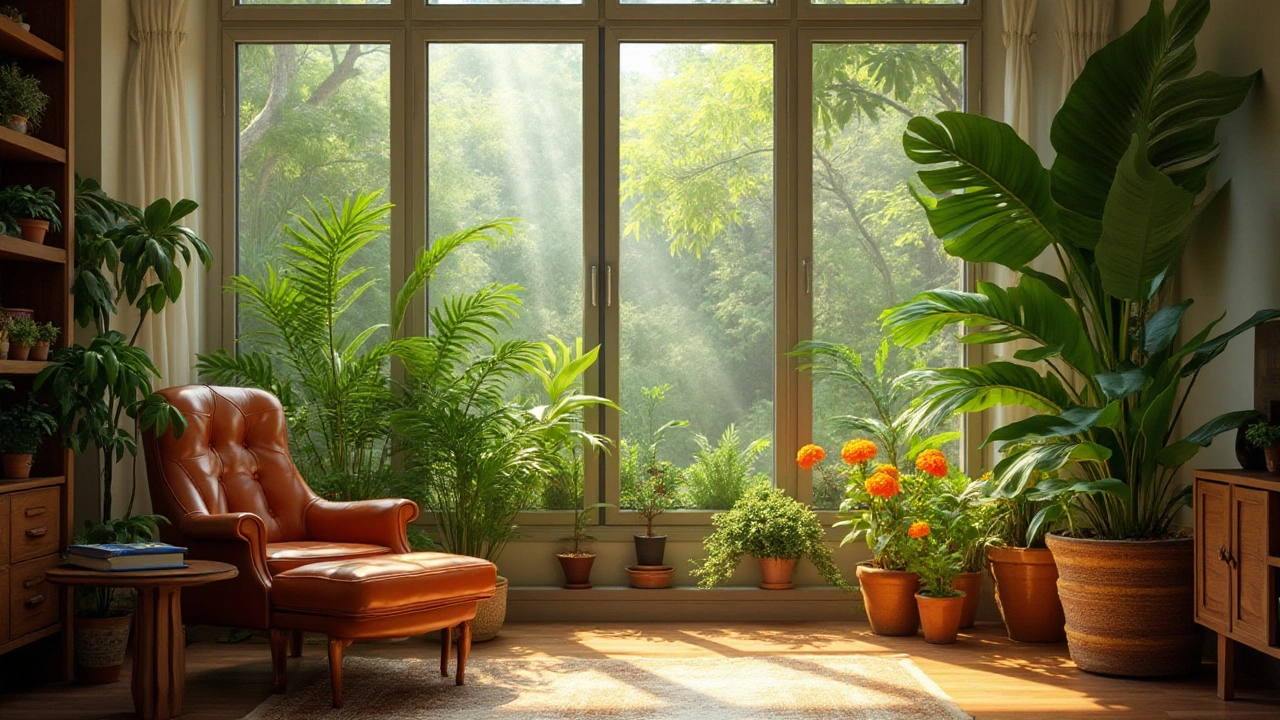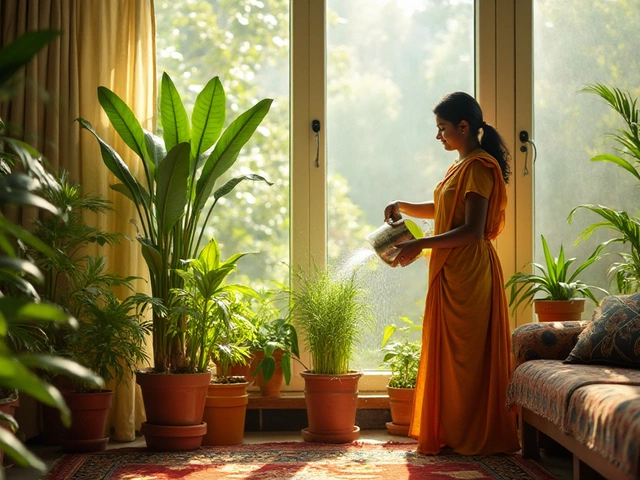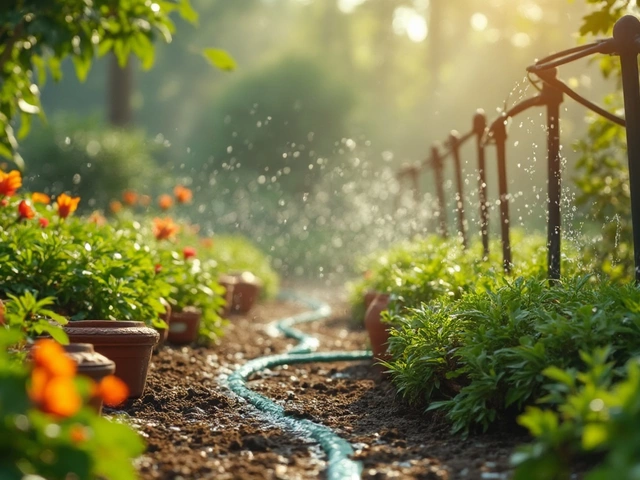India's diverse climate zones offer a unique opportunity to introduce an array of seasonal plants into your home. From the humid tropics to the cooler northern regions, selecting the right plants can do wonders for your indoor spaces.
Finding plants that are not only beautiful but also conducive to your indoor environment requires some thought. Certain plants are not just easy to care for but also act as natural air purifiers, enhancing your home's ambiance and air quality.
Whether you're drawn to vibrant flowers or lush, green foliage, there's a plant out there suited for every style and need. This guide will introduce some of the best seasonal plants that can flourish within the walls of Indian homes, offering tips on how to care for them and where you might find these botanical treasures.
- Understanding Indian Climates
- Best Indoor Seasonal Plants
- Plant Care Tips
- Benefits of Indoor Plants
- Where to Buy Plants in India
Understanding Indian Climates
India's climate is as varied as its rich cultural tapestry, influencing which plants will thrive indoors across different regions. The country can be broadly categorized into several climatic zones, each offering a distinct environment for various Indian plants. From the sweltering heat of the Great Indian Desert in Rajasthan to the cool, pristine air of the Himalayan region, every area presents unique opportunities and challenges for indoor gardening enthusiasts.
The tropical zones, such as Kerala and Tamil Nadu, are characterized by high humidity and temperatures, creating an ideal habitat for lush, green foliage and vibrant tropical blooms. This makes these regions especially compatible with plants that require significant moisture, such as ferns and orchids. Conversely, the arid zones that encompass Punjab, Rajasthan, and parts of Gujarat require a different strategy. Here, succulents and cacti, which are naturally adapted to retain water, are popular choices for homeowners.
In more temperate zones, such as parts of eastern India and the central Deccan Plateau, a broader range of plants can thrive. These areas benefit from moderate temperatures that allow for seasonal varieties, including chrysanthemums and marigolds, which add a splash of color and are well-suited for festivals and special occasions. On the other hand, the northeastern regions, with their subtropical climate, offer perfect conditions for unique indigenous flora that are often decorative and hardy.
Gardening enthusiasts residing in the mountain regions of the north can explore cold-hardy plants as well. The sub-Alpine conditions prevalent in places like Himachal Pradesh permit the cultivation of species that can withstand chillier climates. This category includes plants such as lilies and primulas, which are meant to blend with the brisk mountain air, creating a vibrant, picturesque indoor display.
According to a report by the India Meteorological Department, "India's vast arrays of climatic zones necessitate tailored solutions for indoor gardening enthusiasts," highlighting the importance of matching the right plant to the climatic characteristics. These considerations not only affect the aesthetic value but also the health and longevity of indoor plants.
In understanding these climatic distinctions, one can plan better for a thriving home garden that aligns with local climate requirements. As people increasingly seek to cultivate seasonal plants inside their homes, recognizing and adapting to the Indian weather patterns allows them to choose plants that are not just beautiful but sustainable as well. Whether opting for air-purifying varieties, ornamental darlings, or practical kitchen herbs, embracing the climate is key to producing a flourishing indoor garden.
Best Indoor Seasonal Plants
Choosing the right plants to spruce up your Indian home while taking into account the seasonal cycles can significantly enhance your indoor space. The vibrant selection found naturally in India offers a wealth of options for enthusiastic home gardeners. Let's dive into some of the top picks that not only beautify your interiors but also introduce a breath of fresh air into your living environment.
The Areca Palm is a fantastic choice for those residing in warmer climates. This plant is well-loved for its feathery, arching fronds that add a tropical touch to any room. Often touted for its air-purifying qualities, the Areca Palm is also favored for its ability to thrive with relatively minimal upkeep. Ensuring the plant receives bright, indirect sunlight is key, while consistently moist soil will keep the palm happy.
An enduring favorite among indoor plants is the Snake Plant, also known as Sansevieria. This hardy plant is particularly beloved for its ability to thrive in a variety of light conditions, making it versatile for different room placements. Known to convert CO2 into oxygen at night, this plant can be a wonderful addition to bedrooms for better air quality during sleep. According to The National Aeronautics and Space Administration (NASA) study, the Snake Plant is one of the top plants for improving air quality, a testament to its beneficial presence indoors.
For those seeking a splash of color, Anthuriums bring a vibrant note with their glossy, heart-shaped leaves and striking, long-lasting blooms. These plants prefer high humidity and warm temperatures, making them perfect companions for Indian summer months. Keeping them bright and healthy requires placing them in well-lit spots away from direct sunlight, ensuring a constant, moderate watering schedule.
When space is constrained, succulents such as the Jade Plant offer a compact yet visually appealing option. Their robust, fleshy leaves not only store water but also bring about an architectural elegance to your green collection. Known as a symbol of luck and prosperity, Jade Plants require minimal watering, avoiding overwatering is crucial to prevent root rot, making them perfect solutions for those seeking low-maintenance greenery.
"Plants don't only make rooms prettier; they can clean your air and your soul." – Dr. B.C. Wolverton, NASA scientist and author.
Let's not overlook the ethereal beauty of the Peace Lily. These graceful plants are revered for their lush foliage and elegant white spathes. They thrive in low-light conditions, making them perfect for interior spaces with less natural sunlight. Regular watering and an occasional leaf wipe to remove dust will keep these beauties in good shape and are known to remove toxic indoor air pollutants.
Incorporating plants into your home isn't just about aesthetics and air quality. It's about embracing a lifestyle that encourages nurturing and connectivity with nature. Ensuring the health and vitality of your indoor garden means understanding the unique needs of each plant, from sunlight exposure and watering habits to recognizing signs of distress.
| Plant | Light Requirements | Watering Frequency |
|---|---|---|
| Areca Palm | Bright, indirect | Keep soil moist |
| Snake Plant | Low to bright indirect | Once every two weeks |
| Anthurium | Bright, indirect | Weekly, moderate |
| Jade Plant | Bright, indirect | Monthly |
| Peace Lily | Low | Weekly, moist |
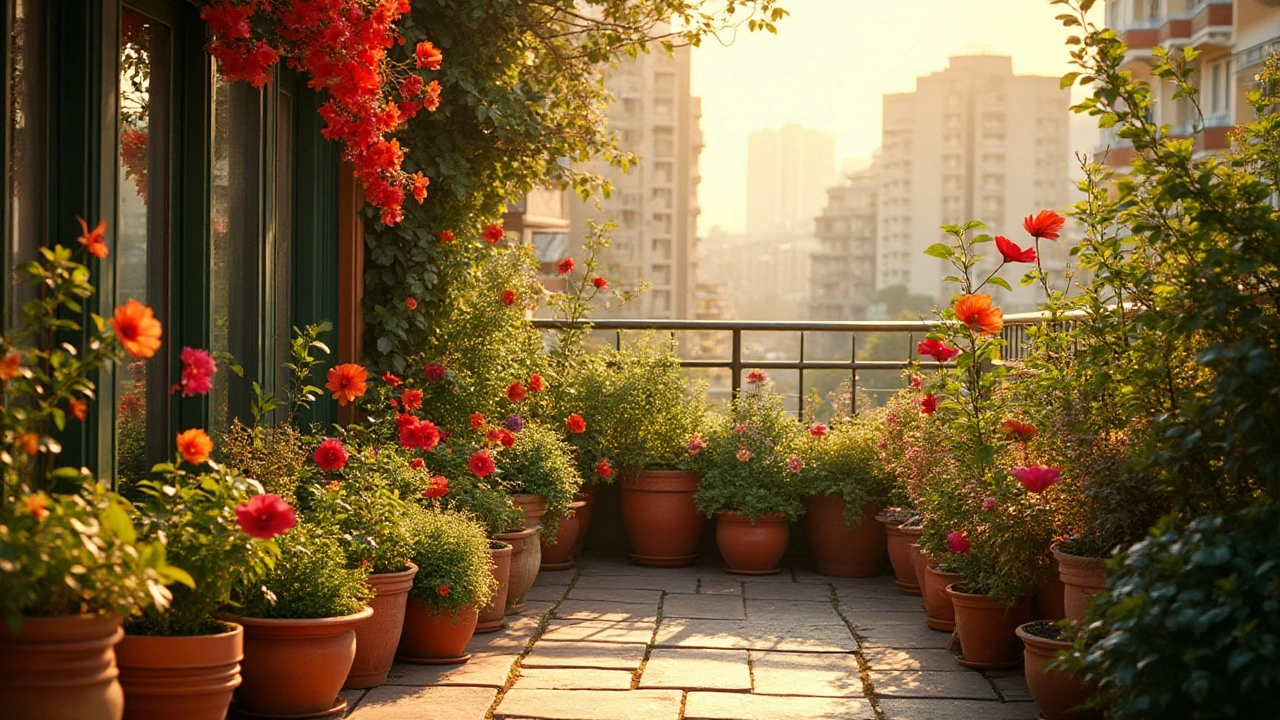
Plant Care Tips
Tending to your beloved indoor Indian plants involves more than just occasional watering. Each plant has its own unique personality and preferences, and getting to know these can turn your thumb green in no time. Start by understanding the light requirements. Different plants need different levels of sunlight or shade to grow happily. Many indoor plants enjoy indirect sunlight, so placing them near windows with sheer curtains can give them the light they need while avoiding harsh rays.
Watering is a common pitfall for many plant enthusiasts. Overwatering is actually the cause of death for most houseplants. It's better to under-water than overdo it. A great test is the soil moisture: if it feels dry about an inch below the surface, it’s time to water. Remember, different plants have varying water needs. Ferns like humidity, so they might enjoy more frequent misting, while succulents prefer drier conditions.
Potting and soil are equally critical aspects of plant care. Ensure your plants have enough room to grow by using appropriately sized pots with proper drainage holes. Stagnant water can lead to root rot, so a good soil mix should be well-draining, especially for indoor plants like succulents. Repotting into larger containers annually offers space for root expansion and a chance to renew nutrients that might have been depleted.
Temperature and humidity are factors that can greatly affect plant health. Most indoor greenery prefers temperatures between 18°C and 25°C (65°F to 77°F). Watch out for cold drafts from windows during winter as they can be harmful. Humidity-loving plants, like orchids and ferns, thrive in bathrooms with intermittent exposure to steam.
"Plants in the office increase productivity by 15%," says a study by researchers from the University of Exeter, highlighting how beneficial even a small touch of green can be in indoor settings.
Feeding your plant is akin to feeding yourself – it thrives on nutrients. During growth periods, which often coincide with spring and summer, use a balanced liquid fertilizer about once a month to support robust health. However, cease feeding during the dormant winter months to mimic natural cycles. Keep an eye out for yellow leaves or leggy growth, which could indicate nutrient deficiencies.
Gardening can feel daunting, but with these simple tips, anyone can cultivate a thriving indoor jungle. Remember, every gardener makes mistakes. The key is learning from them and, in a way, letting the plants guide you. Whether you're just starting or looking to add more variety to your home space, paying attention to these essential care tips will set you on the right path.
Benefits of Indoor Plants
Bringing plants into our living spaces goes beyond mere decoration. These green companions can truly transform your home environment, impacting your physical, emotional, and mental well-being in ways you might not expect. One of the most widely recognized benefits is their ability to purify the air. Various studies, including NASA's Clean Air Study, have shown that houseplants can remove toxins like formaldehyde, benzene, and trichloroethylene, which are commonly found in modern household environments. By doing so, they help create a cleaner, fresher atmosphere that can improve our respiratory health.
Beyond air purification, indoor plants can enhance mood and contribute to overall mental health. The presence of greenery in your home has been linked to reduced stress levels, increased positivity, and even greater productivity and creativity. This could be attributed to the calming effects of nature, as researchers like Dr. Chris Knight from the University of Exeter noted that plants in offices can increase productivity by up to 15%. The simple act of caring for a plant can also provide a sense of calm and fulfillment, offering a productive pause from the hustle and bustle of daily life.
"Plants give us oxygen for the lungs, and for the soul." - Terri Guillemets
The benefits that indoor gardening brings don't end with just improved air quality and mental well-being. For households in India, especially where space might be a premium, utilizing vertical spaces with hanging plants or wall planters can improve aesthetics without taking up much room. Plants naturally add texture, color, and life to a space that might otherwise feel sterile or boring. Consider a shelf filled with colorful succulents or a corner adorned with a creeping vine; these arrangements can significantly influence the ambiance of your home.
Another often overlooked advantage is the potential for educational experiences, particularly for children. An indoor garden in your home can serve as a living classroom, teaching kids about responsibility, plant life cycles, and the environment. This can nurture a child's appreciation for nature and promote sustainable living from a young age. Including edible plants like herbs or small fruit-bearing plants can also encourage healthier eating habits, providing fresh ingredients readily available at home.
In a world where technology increasingly dominates our attention, growing plants indoors can also help us reconnect with nature and promote mindfulness. They remind us of life's simplicity and the subtleness of witnessing growth, bringing a piece of tranquility seen in gardens into the heart of our homes. Whether you choose to curate a collection of Indian plants or select your favorite seasonal varieties, the presence of these vibrant life forms can cultivate a dynamic and healthier lifestyle for you and your family.
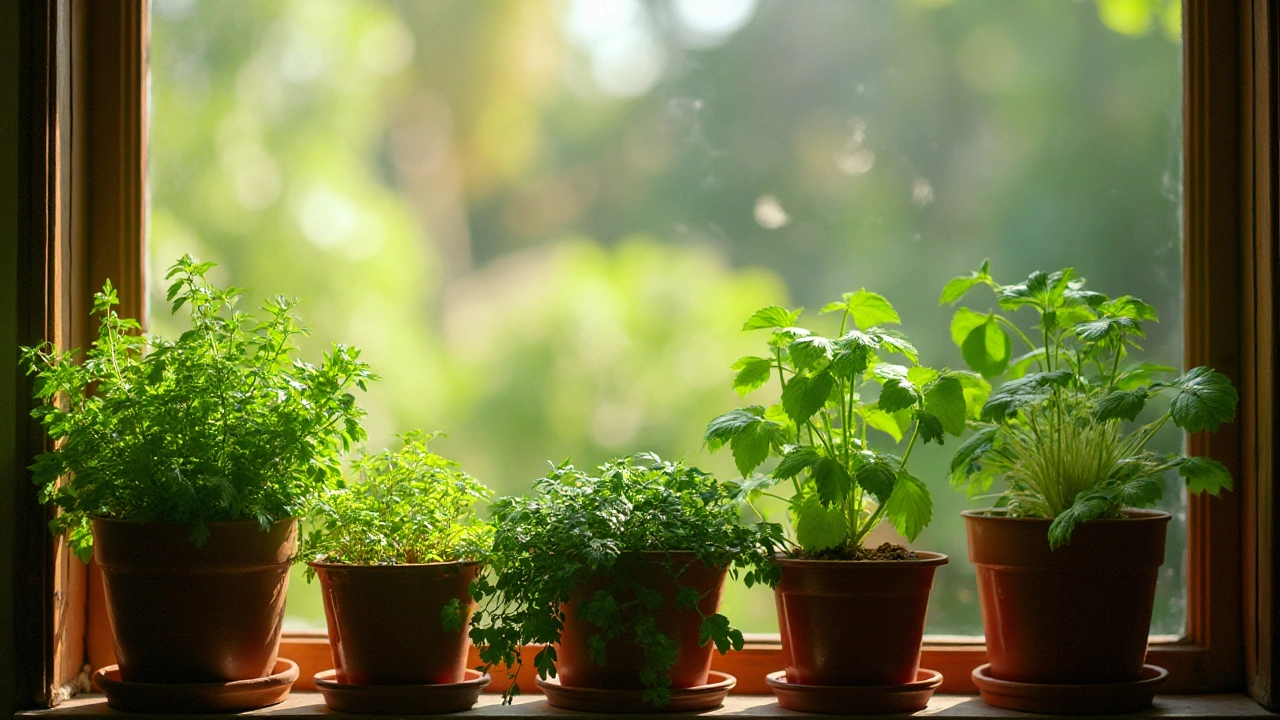
Where to Buy Plants in India
Embarking on the journey to transform your home into a lush green paradise requires sourcing plants from reliable vendors. In India, a land brimming with botanical diversity, there are numerous ways to get your hands on the finest flora. One popular option is the local nurseries and roadside stalls that dot urban and rural landscapes alike. These places often provide a wide variety of plants, from common houseplants to exotic species, and the sellers are typically knowledgeable about the best choices for your region.
Of course, in today's digitally connected world, online plant stores have surged in popularity, offering the convenience of shopping from the comfort of your own home. Reputable platforms such as NurseryLive, Amazon India, and Ugaoo offer extensive selections, complete with descriptions and care guides. Delivery services ensure your chosen greenery arrives in pristine condition. These online marketplaces are great for those seeking specific species or rare indoor plants that might not be easily found in local shops.
For those who enjoy community and learning from fellow enthusiasts, plant fairs and exhibitions are valuable venues. At these events, gardeners often share tips and stories, and you may even discover something new that piques your interest. Cities like Bengaluru and Delhi frequently host garden expos where you can interact with vendors, learn about the latest gardening trends, and purchase plants right from the source.
Farmers' markets are another excellent option, especially in regions known for horticulture. These markets often provide locally grown plants that are suited to the climate and soil conditions of your area. By opting for these indigenous selections, you can contribute to sustainable gardening practices, which is crucial in maintaining ecological balance.
"The green spaces we cultivate in our homes are more than just aesthetics; they're vital lifelines connecting us to nature," says renowned horticulturist Vani S. Sharma during a TED talk. Her insights capture the essence of why choosing the right plant vendor is crucial for a thriving indoor garden.
Additionally, keep an eye out for specialty plant shops, which often carry particular plant categories such as succulents, air plants, or bonsai. These niche stores are fantastic resources for specific plant enthusiasts and are staffed by specialists who can offer tailored advice. Remember to inquire about guarantees or return policies, especially important for those new to plant care, to ensure your purchase is a lasting one.
Shopping for Indian plants need not be a daunting task with the myriad options available. Whether you prefer the tactile experience of selecting your flora in person or the ease of browsing online, India's plant markets are ready to satisfy your horticultural cravings. Just like each leaf unfurls in its own time, setting up a green home is a journey of discovery and growth, one well worth embarking upon.
